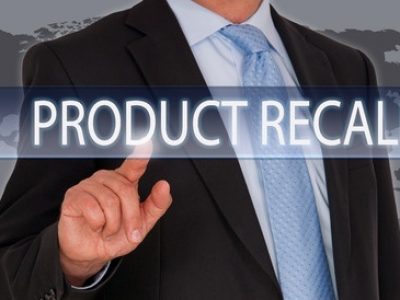

What Parents Need to Know about Electric Shock Drowning
Kids, teens and adults love to jump off docks into lakes but hardly anybody knows that if the dock has 120-volt AC power, lethal amounts of electricity could be lurking in the water from faulty wiring on the dock or a nearby boat. In a one-week period in July, 2012, four children and one young adult were killed in separate electric shock drowning (ESD) accidents at docks on freshwater lakes.
Around that time, Kevin Ritz – who is the nation’s premier expert on ESD – ran tests on 50 freshwater boats in Portland, Oregon. He found that 13 boats (26 percent) were leaking potentially lethal doses of electricity into the water. Different amounts of electricity in the water will have different effects on the human body. AC current flow of around 100 milliamps (mA) will put the heart into fibrillation; death will likely follow within seconds. Smaller amounts of electricity, in the range of 15- 30 mA, will create muscle paralysis; causing drowning accidents. Neither 12-volt electricity nor 120-volt current from a boat’s generator will cause electric shock drowning – except if another boat with an electrical fault is sharing electricity from the generator via a power cord. Since saltwater is more conductive than the human body; people are not at risk for ESD in the ocean. There is, however, some doubt about at what point brackish water becomes dangerous or what distance from a possible electrical fault is safe.
Alarmingly, most local law enforcement investigators don’t have the technical background to recognize an ESD accident and there is no post-mortem evidence available to coroners to determine whether electricity was involved in a drowning. This means that there is a high probability that many “drowning” victims were actually electrocuted. When ESD accidents are identified, it usually comes as a shock to the parents and friends of the victims; they are almost always unaware that swimming from an energized dock is dangerous. In many past ESD cases, bystanders who dove into the water to save children have also become victims.
Voluntary safety measures to protect against ESD accidents
In light of growing understanding of ESD accidents, the American Boat and Yacht Council (ABYC) adopted standards in 2010. These voluntary standards require that an Equipment Leakage Circuit Interrupter (ELCI) be installed on new boats. Unfortunately, however, not all boat manufacturers follow the ABYC standards and there is no requirement to retrofit ELCIs on older boats. There is also no federal standard that requires the installation of Ground Fault Circuit Interrupters (GFCIs) at marinas and private docks, even though European countries have required these devices for more than 30 years.
In light of this lack of regulation, citizens must take precautions to never swim near docks with energized 120-volt AC power. If you are not sure if the water is energized; stay out! Information must be shared and signs should be posted warning children and parents to stay out of the water. If a person must go into the water to retrieve something lost overboard, the electricity to the dock should be shut off first.
You can test to see if a boat is leaking electrical current using an AC clamp meter. The device gets clamped onto a shore power cord and measures electricity going into and returning from the boat’s electrical system. If the two numbers aren’t exactly the same, there is electricity in the water. Clamp meters, GFCIs and ELCIs are available at most marine supply stores. An ABYC-certified marine electrician can help answer questions about your dock or boat’s electrical system.
If you or a loved one were injured in an accident, you have enough to deal with. Let an experienced accident attorney fight for the full compensation that you deserve. It is not uncommon to receive a settlement from the insurance company that is five to ten times bigger with the help of a lawyer. Call the caring accident attorneys at Tario & Associates, P.S. in Bellingham, WA today for a FREE consultation! We have been representing residents of Whatcom County, Skagit County, Island County and Snohomish County since 1979. You will pay nothing up front and no attorney fees at all unless we recover damages for you!




